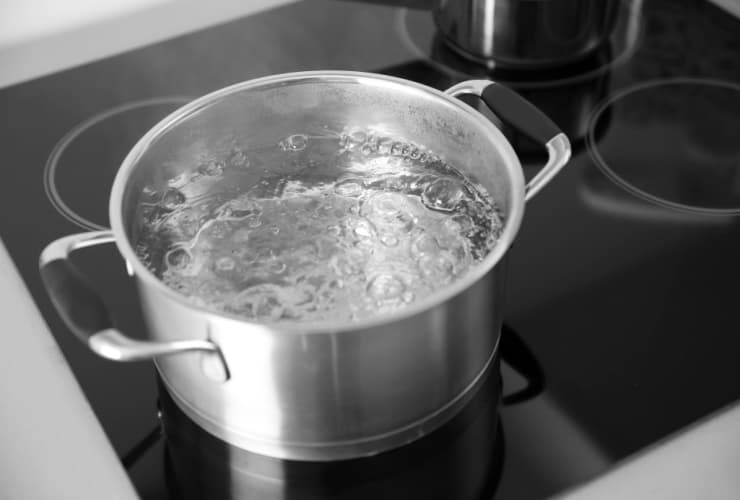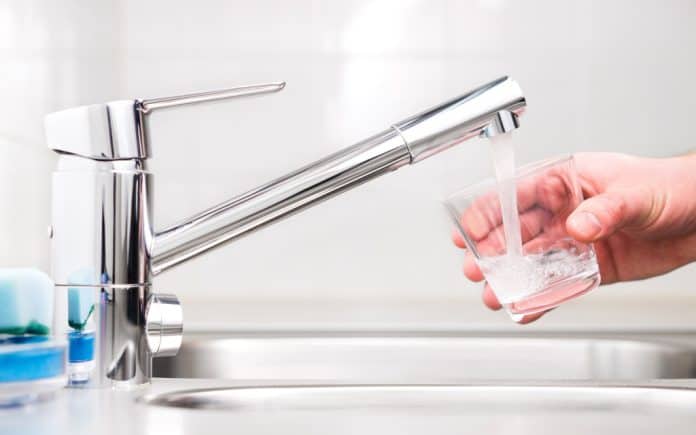Did you know that over two billion people lack access to safe drinking water at home? Worse, the World Health Organization reported that unsafe drinking water contributed to over 820,000 deaths yearly.
Suppose you have access to safely managed drinking water from municipalities, and your tap water may look clear and clean. It may still contain impurities and pollutants at a molecular level that you’d rather not consume.
Fortunately, there are several methods you can adopt to make your water safe to drink. Below are four of them:
Install A Water Filter
The most convenient way to keep your drinking water clean and safe is to install a water filtration system. Water filters use a combination of physical barriers and biological and chemical processes to filter out contaminants, pollutants, and unwanted particles from your water.
To ensure that you enjoy these benefits, you need to find a reliable supplier of water filters like Filtap. Choose the best one for your home depending on your needs and requirements.
Generally, water filters come in various sizes and types. They are often categorized into two:
Point-Of-Use Filters
Point-of-use filters are installed directly next to a fixture, purifying the water from the fixture. This solution is cost effective, as it allows you to filter the water you only need for drinking or cooking.
Point-Of-Entry Filters
Also known as a whole house filtration system, a point-of-entry water filter is installed on your main water line. It filters water before reaching any fixtures or water-using appliances in your home, providing you with all-around filtered water anywhere in your home.
Water filtration systems are mostly preferred thanks to the numerous benefits they offer. For one, they conveniently provide clean and healthy water without effort like other methods. While it may be expensive upfront, installing a water filter system is cost effective in the long run. It’s also an eco-friendly option and helps boost the lifespan and efficiency of your plumbing system and water-using appliances.
Use Ultraviolet (UV) Light Water Purifier
UV water purifier filter lights are now available to kill viruses, bacteria, and other harmful contaminants in your water. They’re often added to a whole-home filtration system to increase its bacteria-killing power for cleaner and safer drinking water.
Generally, UV water purification lights are pen-shaped, battery-powered handheld devices. To use one, you turn the light and place it into a container with the water. Mix the water for a couple of minutes to kill any bacteria in it.
UV purifying technology is also built into water bottles. This allows you to store water in a bacteria-killing container, ensuring that you drink safe water on the go.
Bring Water To A Boil

Boiling water may be the oldest yet most commonly used method to make water safe for drinking. This old water treatment method kills harmful microbes while also driving off toxic chemical contaminants, eliminating the risks of getting sick.
It’s also one of the easiest methods to do in case of an emergency and water quality is an issue. You can use various heating methods to boil water, including an electric kettle, stovetop burner, and microwave. Heat the water to a boiling point for a minute and allow the water to cool down before consuming. You can also opt for a solar hot water system.
The most obvious downside of this water treatment is that it can be time consuming to prepare. Thus, it’s most suitable if you need clean water for later use. Also, while this method works wonders in killing bacteria, it doesn’t eliminate metals such as copper or lead.
Add Chlorine Bleach
Chlorine bleach is another popular way to make your water safe and is commonly used in municipal water supplies. A common alternative to boiling water, unscented household bleach can help kill bacteria in the water.
Experts recommend adding about eight drops of bleach to a gallon of water. Mix the solution and allow the water to sit for at least 30 minutes before drinking or cooking.
You can also find convenient bleach tablets that you can throw into the water without needing measurements. If the resulting water is cloudy, consider filtering the water through a coffee or cloth filter before drinking or cooking.
Takeaway
If you doubt the purity and safety of your home’s water, there are several options you can try to make it cleaner and safer to drink. From modern solutions that effectively filter water on demand to the old method of boiling water to kill germs and bacteria, you can use any of the above solutions to keep your drinking water clean, safe, and free of harmful pollutants.



